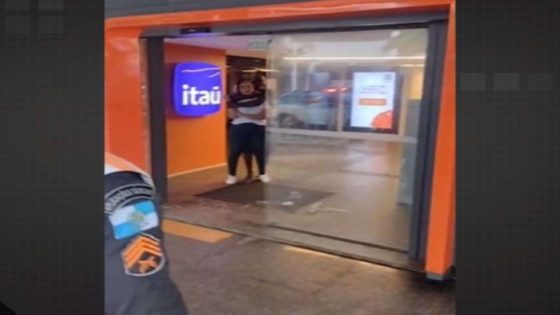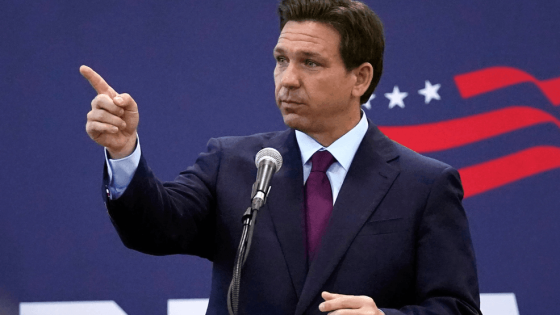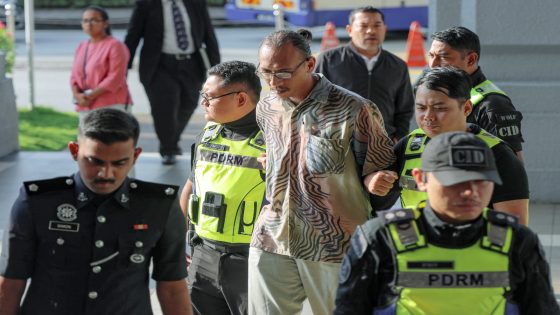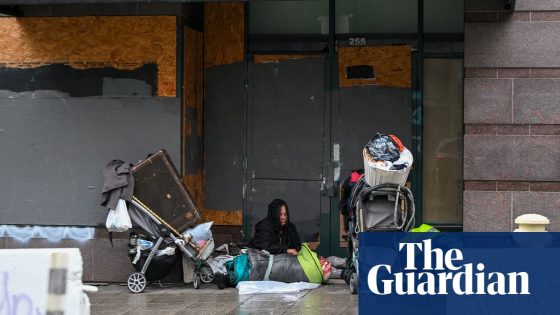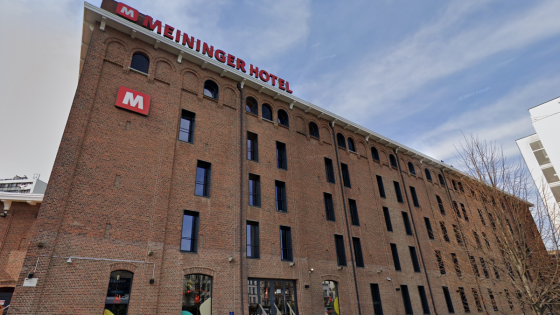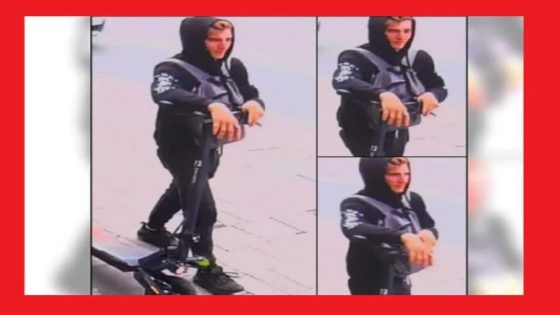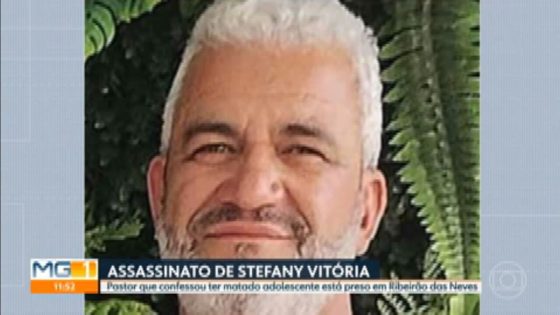On February 22, 2025, a man named Ismael, living on the streets, was shot by police after taking a woman hostage at an Itaú bank in Rio de Janeiro’s Leblon district. How did this tense situation unfold, and what were the outcomes for both the hostage and the suspect?
- Man in critical condition after police shooting
- Hostage situation at Itaú bank in Leblon
- Suspect approached victim with a knife
- BOPE negotiated for over an hour
- Victim rescued but in shock
- Itaú Unibanco issued a statement
Hostage Situation in Rio de Janeiro Raises Concerns About Public Safety
What leads someone to take such drastic actions? The hostage crisis at an Itaú bank in Rio de Janeiro has sparked discussions about public safety and mental health. Ismael, the suspect, reportedly demanded media attention while holding a woman at knife-point. After negotiations failed, police intervened, resulting in his injury.
Details of the Incident and Responses from Authorities
During the hostage situation, Ismael kept the woman captive for over an hour, prompting a response from the Batalhão de Operações Especiais (BOPE) and other emergency services. The police attempted to negotiate peacefully, but the situation escalated, leading to gunfire.
Emergency Response and Rescue Efforts
The swift response from law enforcement was crucial in ensuring the hostage’s safety. Here are key points from the incident:
- Ismael was armed with a knife during the hostage situation.
- Negotiations lasted over an hour before police intervened.
- The hostage was rescued and treated for shock.
- The suspect was critically injured and required surgery.
Implications for Mental Health and Public Safety
This tragic event highlights the pressing issues of mental health among the homeless population. It raises questions about how society addresses these challenges and the resources available to prevent such incidents in the future. What measures can be taken to support vulnerable individuals?
Community Reactions and Future Steps
The community’s response to this incident reflects a broader concern for public safety and mental health resources. As discussions continue, local authorities may need to consider enhanced training for police and better support systems for individuals in crisis.
In conclusion, while the immediate crisis has been resolved, the underlying issues remain. How can we work together to create a safer environment for everyone?



